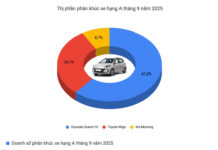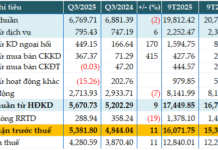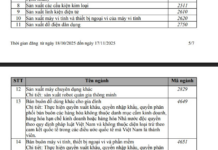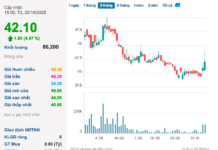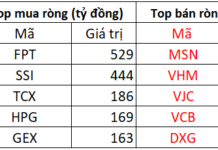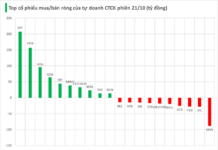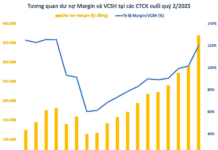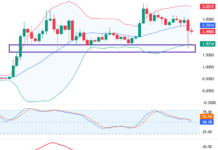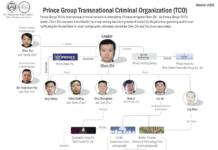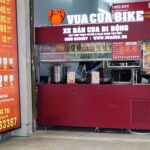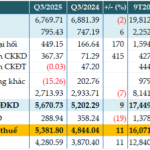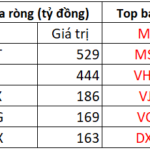Despite the challenges, many experts remain optimistic, viewing the current market shift as a necessary cleansing process rather than a cause for alarm. In fact, they believe positive developments lie ahead.
Half the Market Thrives On
F&B expert Nguyen Thai Binh explains that this is a natural cycle, akin to a “blood filtration” process where weaker establishments exit, making way for smarter, higher-quality models. The F&B sector faced immense pressure in 2024 due to the COVID-19 pandemic, soaring costs, and aggressive expansion. As a result, by mid-2025, businesses unable to cope began to withdraw strategically.
However, Binh notes that most closures were small-scale operations with high rent, manual operations, limited customer bases, and low resilience.
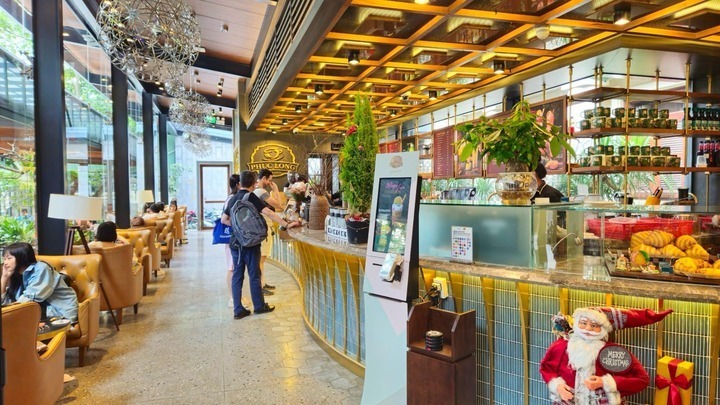
Over 50,000 F&B outlets closed under pressure. (Illustrative image)
“Interestingly, 34.7% of businesses maintained stable revenue, and 28.1% still grew. Amidst tens of thousands of closures, half the market remains robust. These are models that adapted quickly by downsizing, optimizing costs, and improving operations. Others succeeded by understanding customers and data, extending the lifespan of each outlet through flexible experiences,” analyzes Binh.
Expert Hoang Tung agrees that 50,000 closures are significant, reflecting the struggles of many business owners. Yet, he sees this as a broad cleansing, eliminating weak F&B models unable to withstand market fluctuations.
Tung points out that in recent years, the rush to open outlets without ensuring quality led to chaotic franchising. Consequently, when challenges arise, weaker models suffer first.
“In every crisis lies opportunity. Alongside closures, well-managed businesses continue to thrive. This cleansing allows them to deepen market penetration and reach more customers,” says Tung.
Nguyen Do Anh Quan, Brand Director of iPOS.vn, observes that the first half of the year is typically a “natural filtration” period for F&B, preceding new openings and restructuring in the second half. While smaller outlets are phased out, larger chains refocus on prime locations and enhance experiences.
Quan cites Starbucks as an example. After closing its Han Thuyen Reserve store in August 2024, Starbucks reopened a Reserve at Bitexco and launched a new Reserve-only location at Diamond Plaza Le Duan, emphasizing elevated spaces and services over widespread expansion.
“Closing less effective locations to reopen in iconic spots indicates that this cleansing is freeing up premium spaces. It creates opportunities for capable operators with strong brands and capital to rise,” notes Quan.
F&B expert Do Duy Thanh believes the closure of over 50,000 outlets in the first half of the year is inevitable, given the industry’s multi-layered pressures: rising costs, policy changes, and shifting consumer behavior. This is not merely a “cleansing” but a forced restructuring, where poorly managed, undercapitalized, and intuition-driven models must exit.
Vietnam’s F&B industry faces its toughest decade yet. Surging commodity prices, logistics costs, and exchange rate fluctuations drive up expenses. Labor costs rise without matching productivity gains. Food delivery app commissions (25-30% of revenue) and promotions (5-15%) further squeeze margins.
Additionally, legal compliance costs, such as electronic invoicing and food safety certifications, burden individual business owners.
“All this occurs as consumer spending remains below pre-pandemic levels, intensifying pressure on every cost component,” says Thanh.
However, Thanh emphasizes this is not a collapse but a structural shift.
The F&B market is moving from “easy to open, quick to close” to “hard to open, built to last.” Brands with strong management, data-driven strategies, and efficient operations are surviving and expanding. Conversely, those with poor cash flow management, unclear cost structures, or short-term trends are being eliminated.
While 50,000 outlets closed, nearly 30,000 new ones emerged, indicating not a contraction but a restructuring. Those who understand the market, manage finances well, and have clear strategies are reclaiming market share from weaker models.
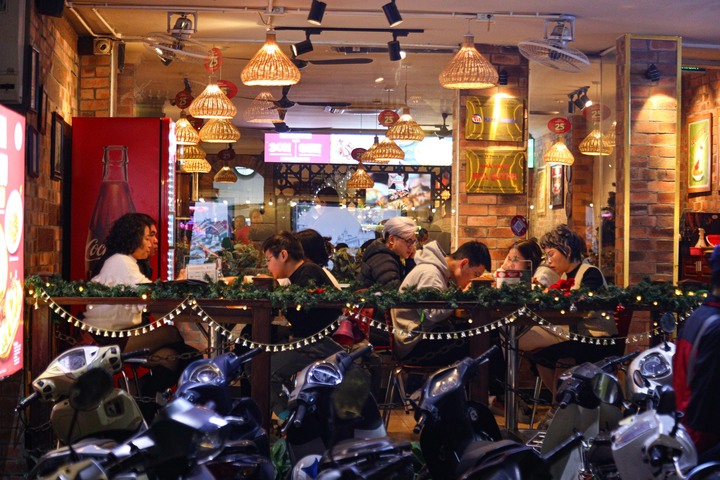
Experts predict ongoing challenges for the F&B industry. (Photo: Minh Duc)
The “Knockout Punch” Pressure
Nguyen Duc Thanh, founder of AM Café, once operated 11 branches in Ho Chi Minh City but now has only one. Post-COVID-19, AM Café closed 50% of its branches due to market stagnation. Subsequently, global economic uncertainties further reduced consumer spending.
Trend-driven dining adds pressure, forcing constant menu and decor updates to compete, often resulting in losses.
“For now, I focus on the remaining branch, with no expansion plans due to risks. Any future ventures will require thorough research, as the current economy limits non-essential spending,” says Thanh.
Bun Thang Ba Am in Hanoi, once renowned for serving the 2019 US-North Korea Summit, now struggles. Revenue has dropped 40-50% since the pandemic.
“To cut costs, we reduced staff by 50-60% and minimized non-essential expenses. However, some costs, like air conditioning and lighting, are necessary to maintain customer appeal,” shares Doan Van Lai, owner of Bun Thang Ba Am.
Despite challenges, Lai persists to preserve the brand. “Fortunately, my shop is on family-owned land, avoiding rent. Otherwise, survival would be impossible. I continue operating, treating it as a labor of love, hoping to sustain the brand until conditions improve,” he says.
Do Duy Thanh forecasts challenges for the F&B industry in the next six months. Consumers are increasingly value-conscious, favoring brands offering genuine value. Only authentic, well-managed, and data-driven brands will thrive.
While low prices may attract short-term customers, long-term sustainability requires transparent financial management, high safety standards, and measurable customer experiences.
“Vietnam’s F&B industry is undergoing its most significant decade-long filtration. Those who control costs, leverage data, and build robust systems will not only survive but lead the market,” emphasizes Thanh.
Hoang Tung predicts a deeper restructuring in the next 6-12 months. Key challenges include rent, labor costs, volatile food prices, and shifting consumer preferences.
iPOS.vn estimates that with current consumption patterns, the F&B sector’s growth in the second half of the year will reach a maximum of 9.6% compared to the first half.
“The Profit Squeeze: How ‘Two Vices’ Are Tightening the Grip on Life Insurance Companies’ Earnings”
Life insurance premiums have stagnated, claims expenses have soared, and financial profits have plummeted, leaving many foreign-owned life insurance giants struggling, with some even reporting losses of hundreds of billions of dong in the first half of 2025.
Thriving F&B Sector Secures Prime Real Estate in Ho Chi Minh City Amid Economic Challenges
In the midst of a challenging and volatile economic landscape, the F&B industry continues to dominate prime real estate locations in the heart of Ho Chi-Minh City.




